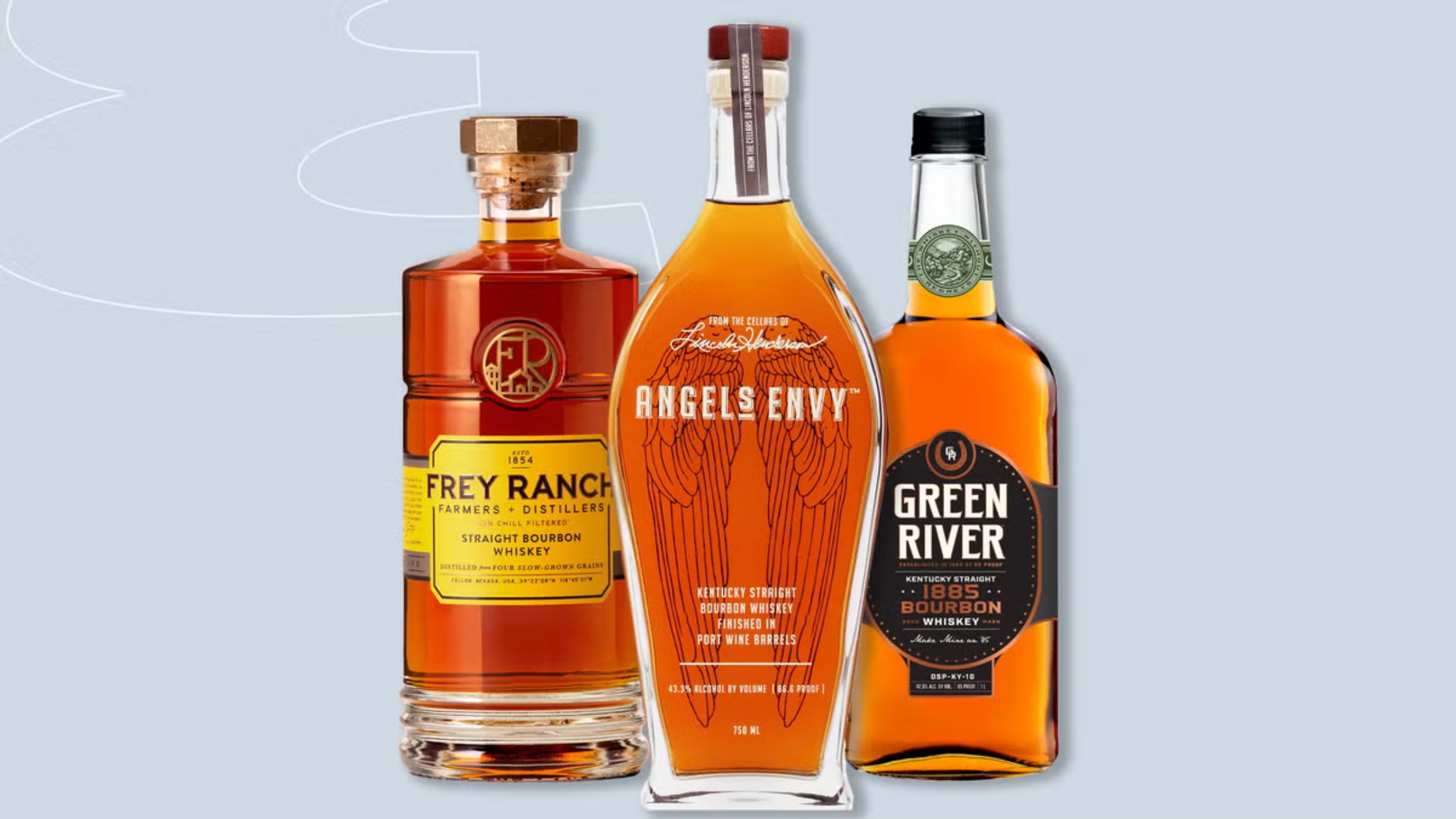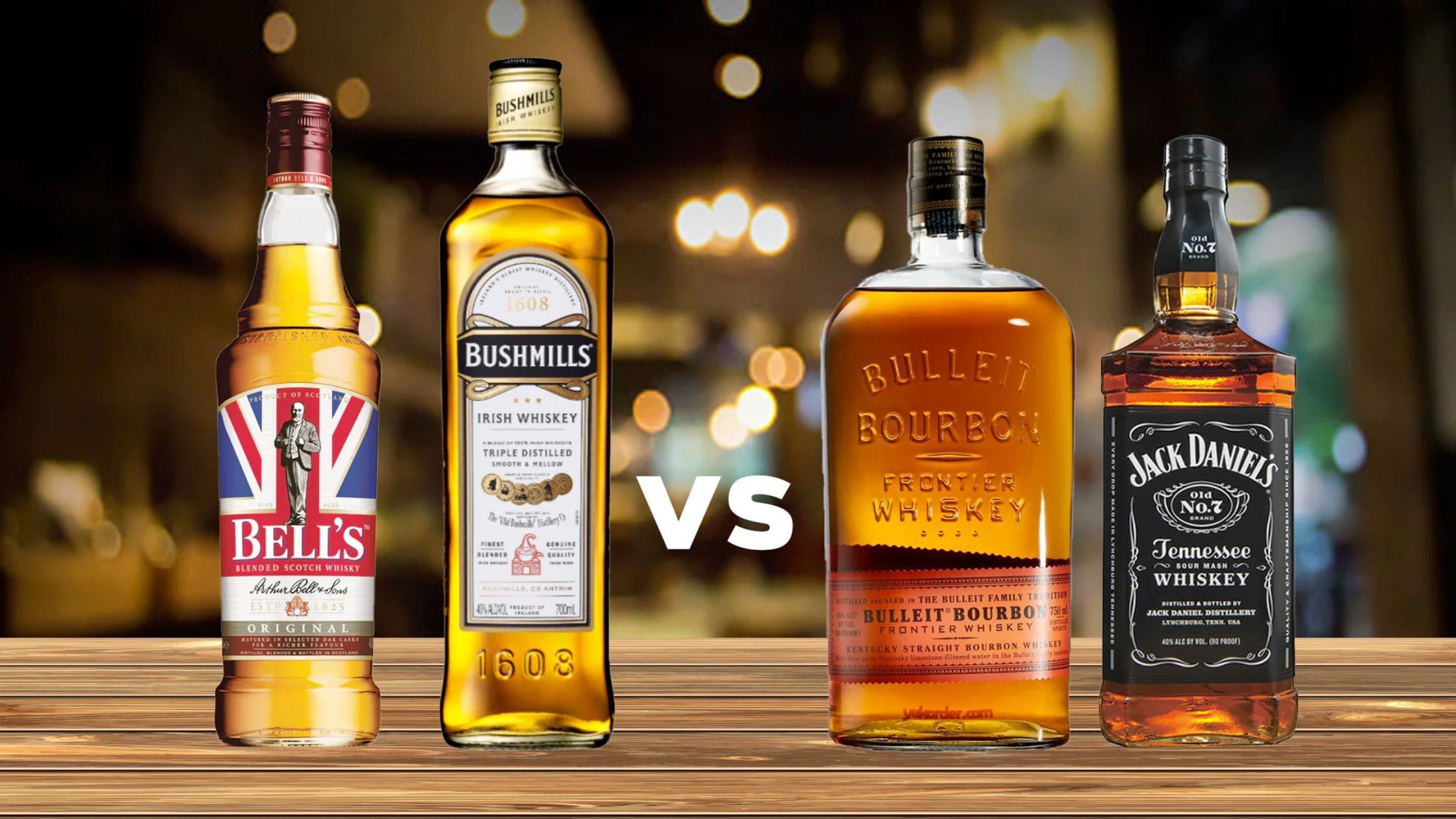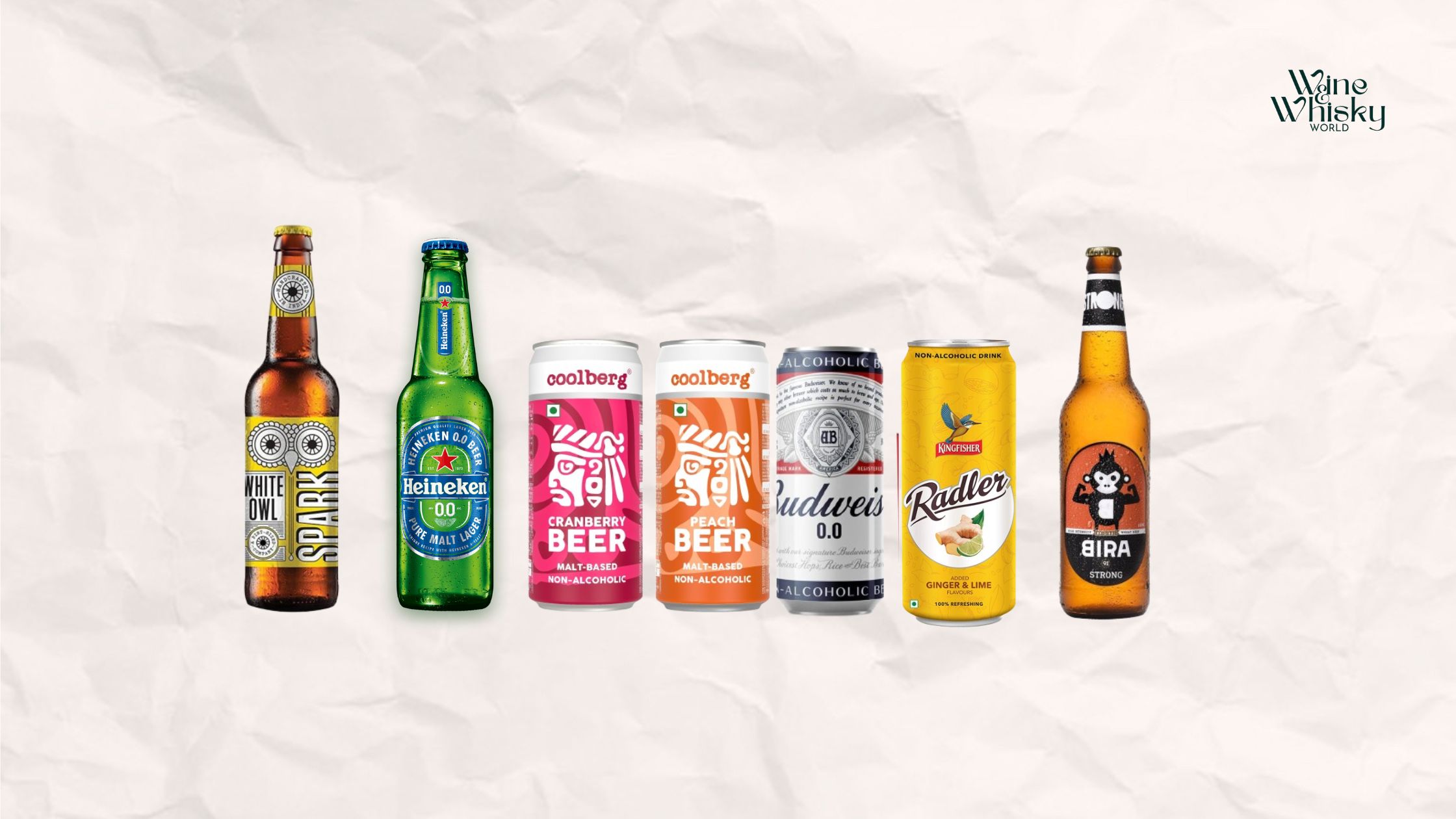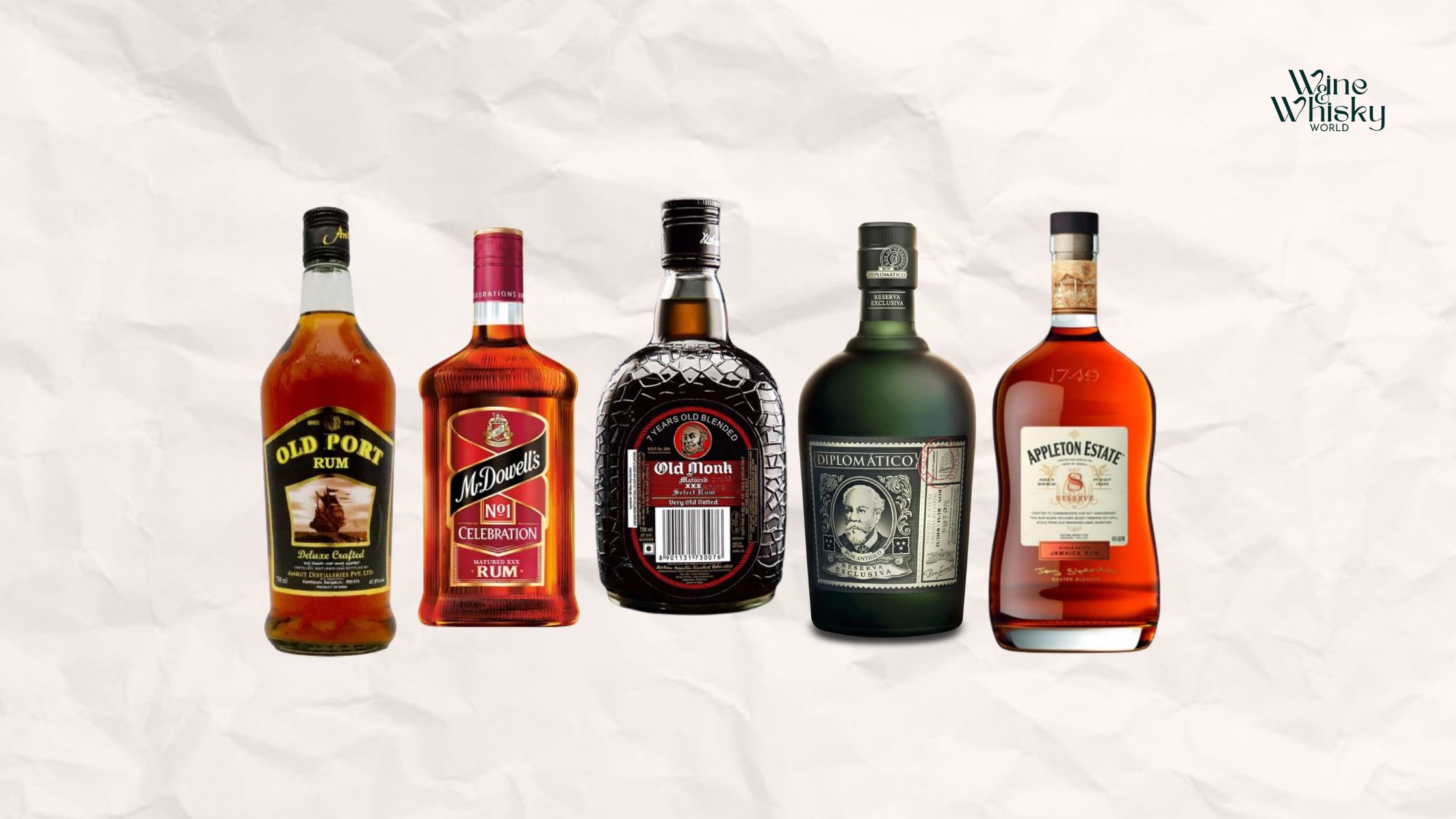Bourbon vs. Whiskey: What Makes Them Different?
Bourbon vs. Whiskey — it’s a classic conundrum for spirit lovers and casual drinkers alike. At first glance, they look nearly identical in the glass. But the moment you sip each one, it becomes clear: these are two distinct experiences shaped by history, geography, ingredients, and craftsmanship.
If you’ve ever found yourself wondering, “Is bourbon just whiskey with a fancy name?” or “What exactly sets these two apart?”, you’re not alone. In this article, we will throw some light upon the actual distinctions between bourbon and whiskey and shed some light on which might appear more worthy of your palate.
Understanding Whiskey: A Global Spirit
To understand the bourbon vs. whiskey debate, we have to start with the broader category: whiskey (or whisky, depending on where you’re from). Whiskey is a distilled alcoholic beverage made from fermented grains and water and then aged in wooden barrels.
A Brief History of Whiskey
An old form of alcohol, somehow older than a millennium, it came into existence with monks of Ireland or Scotland who received it between the twelfth and thirteenth centuries. Then European places would have developed their local styles, thus Scotch whisky, Irish whiskey, Canadian whisky, Japanese whisky, and American whiskey, i.e., Bourbon.
What Is Whiskey Made From?
Whiskey can be made from a variety of grains, including
- Barley (malted or unmalted)
- Corn
- Rye
- Wheat
Each grain affects the flavor, texture, and aroma of the final spirit. The process typically includes mashing the grain, fermenting it, distilling the liquid, and then aging it in barrels.
.jpg)
What Makes Bourbon, Bourbon?
Now here’s the twist: bourbon is a type of whiskey, but not all whiskey is bourbon. Think of it like Champagne — all Champagne is sparkling wine, but not all sparkling wine is Champagne. There are very specific legal and production rules that bourbon must follow.
Bourbon’s American Roots
Bourbon is distinctly American. According to U.S. law, a spirit can only be labeled as bourbon if:
- It’s made in the United States
- The mash bill (grain mix) contains at least 51% corn
- It’s distilled to no more than 160 proof (80% ABV)
- It enters the barrel at no more than 125 proof (62.5% ABV)
- It’s aged in new, charred American oak barrels
- It contains no additives — only water to adjust proof
Because of these rules, bourbon is a highly regulated and distinct kind of spirit. While around 95% of bourbon production in the States occurs in Kentucky, it is technically allowed to produce bourbon anywhere in the U.S.
Bourbon vs. Whiskey: The Key Differences
Let’s explore the defining factors that set bourbon apart from other types of whiskey.
1. Geographical Origin
- Bourbon: Must be made in the United States, most commonly in Kentucky.
- Whiskey: Can be made anywhere — including Scotland (Scotch), Ireland, Canada, Japan, and the U.S.
Much like how Scotch must be made in Scotland, bourbon’s identity is deeply tied to American soil.
2. Ingredients (Mash Bill)
- Bourbon: Must be made from a mash that’s at least 51% corn. The rest is typically a blend of rye, barley, and/or wheat.
- Whiskey: Depends on the style:
- Scotch: Often made with malted barley
- Rye Whiskey: Requires at least 51% rye
- Wheat Whiskey: Predominantly wheat
- Blended Whiskeys: May use several grains from multiple distilleries
Corn gives bourbon its characteristic sweetness and fuller mouthfeel, while rye adds spice and complexity in other whiskeys.
3. Distillation & Proof
- Bourbon: Distilled to no more than 160 proof and entered into barrels at no more than 125 proof.
- Other Whiskey: May be distilled and barreled at different proofs, depending on the region and style.
This careful control over alcohol content ensures that bourbon retains its grain-forward character and picks up rich vanilla and caramel notes from the oak barrels.
4. Barrel Aging
- Bourbon: Must be aged in new, charred American oak barrels.
- Other Whiskey: Usually aged in used barrels, including ones that previously held sherry, port, or wine.
The use of new barrels is key to bourbon’s bolder, oakier, and often sweeter profile, while reused barrels contribute to the subtle, layered flavors in many international whiskeys.
5. Aging Requirements
- Bourbon: No minimum aging requirement, but to be labeled as “straight bourbon,” it must be aged at least 2 years. If aged less than 4 years, the label must state the age.
- Other Whiskey: Often has regional aging rules. For example, Scotch whisky must be aged at least 3 years.
Longer aging can add depth, but bourbon’s powerful interaction with the fresh charred barrels means even younger bourbons can offer full flavor.
6. Taste Profile
- Bourbon: Known for its sweet, full-bodied flavor — notes of vanilla, caramel, oak, and honey.
- Whiskey: Varies widely — Scotch may be smoky or peaty, Irish whiskey is often smooth and light, and rye whiskey is typically spicy and dry.

How to Enjoy Bourbon vs. Whiskey
Both spirits have a place in any home bar — but their unique characteristics can guide how you enjoy them.
Classic Bourbon Cocktails
- Mint Julep: A southern staple made with bourbon, mint, sugar, and ice.
- Manhattan: Bourbon or rye mixed with sweet vermouth and bitters.
- Old Fashioned: Bourbon, bitters, sugar, and a twist of orange peel.
Popular Whiskey Cocktails
- Whiskey Sour: Whiskey, lemon juice, and simple syrup (optionally topped with egg white).
- Highball: Whiskey and soda water — clean, refreshing.
- Irish Coffee: Irish whiskey, hot coffee, sugar, and whipped cream.
Pairing Bourbon and Whiskey With Food
- Bourbon: Try it with BBQ, dark chocolate, pecan pie, or even salmon. Its sweetness balances savory and smoky flavors beautifully.
- Whiskey: Pairs well with cheese boards, grilled meats, desserts, and even oysters — depending on the style.
Bourbon vs. Whiskey: Which One Is Right for You?
Ultimately, your choice comes down to personal preference.
- Try bourbon if you enjoy sweeter, smoother, and rounder flavors.
- Try rye whiskey if you want spice and bite.
- Try Scotch if you’re curious about smoke, peat, and complex malted notes.
- Try Irish whiskey for a soft, clean, and versatile experience.
If you’re just starting out, a classic bourbon like Maker’s Mark or Buffalo Trace offers great flavor without overwhelming complexity. For whiskey, consider Jameson for something light, or Glenfiddich if you're ready to dip your toes into the world of Scotch.
Read also: Top 5 Best Whiskies Under Rs.2000 in India: Affordable Yet Flavorful Bottles
Conclusion: Bourbon vs. Whiskey — Know What You're Sipping
While Bourbon and Whiskey share a common DNA, their paths diverge in fascinating ways-geography, grain, tradition, and regulation. Bourbon offers the wild, corn-sweet rendition as an American variation, providing a grand and yet approachable introduction to the whole family of whiskeys. Other whiskeys essentially decide their variety through whatever makes them-their origins and recipes-worth savoring and exploring.
Whether you prefer the sweet warmth of a bourbon or the nuanced layers of a finely aged Scotch, knowing the difference between bourbon and whiskey enhances your appreciation of each sip. So next time you’re at your favorite bar or browsing the liquor aisle, you’ll know exactly what you're reaching for — and why.
Cheers to discovering the best of both worlds.


